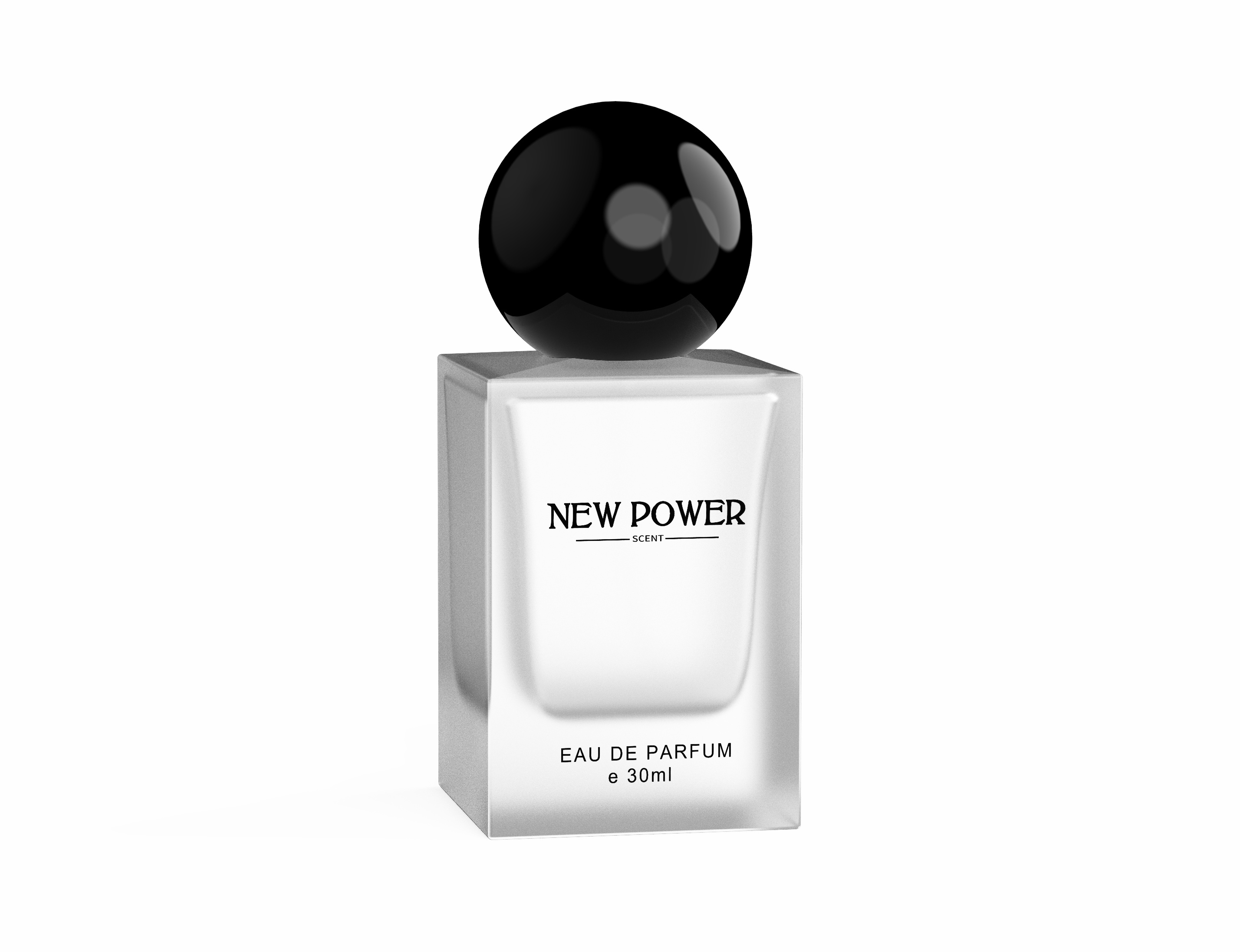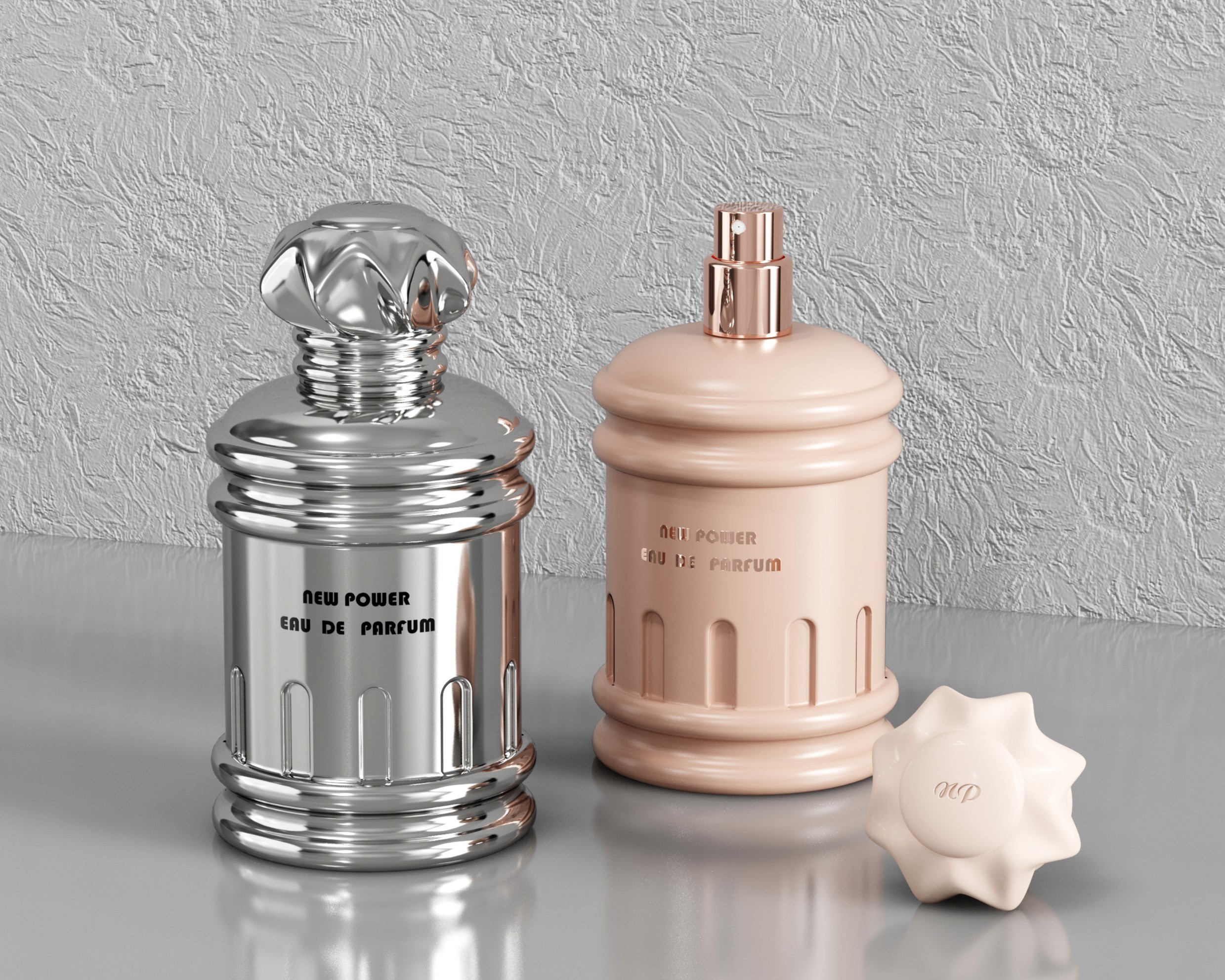The Use of OUD in Perfume: From Subtle Accent to Dominant Scent Art
Time:
2025-07-04
The Use of OUD in Perfume: From Subtle Accent to Dominant Scent Art
In the world of perfume, OUD (agarwood) is like a mysterious dancer, and its use is akin to the dancer's movements—a single gesture can create a completely different visual and olfactory experience. It is a highly captivating fragrance ingredient in perfumes, ranging from subtle accents to dominant notes, each usage level telling a unique olfactory story.
I. OUD: A Mysterious and Precious Fragrance Ingredient
OUD originates from agarwood. When agarwood is damaged by external factors, such as fungal infections or insect bites, the tree secretes a dark resin as a form of self-protection. This resin, combined with the wood, forms OUD. It is primarily produced in Southeast Asia and the Middle East, particularly in countries like Vietnam, Cambodia, and Indonesia. Due to the lengthy growth cycle of agarwood and the fact that not every tree produces high-quality OUD, it has become an extremely precious ingredient, commanding exorbitant prices in the market, comparable to gold.
OUD has a complex and unique fragrance. Upon first inhalation, one may perceive a deep, rich woody aroma with hints of smokiness and the heaviness of resin. Upon closer inspection, subtle changes can be detected, such as warm amber notes, faint floral scents, or even a trace of animalistic fragrance, as if nature had meticulously crafted this gift over the course of centuries. Culturally, OUD has a long history of use in the Middle East and Asia, not only in perfumes but also in religious ceremonies and traditional medicine, where it is regarded as a sacred and precious symbol.
II. Low-level use: Subtle accents with hidden depth
In perfumes, when OUD is used in low concentrations, it often serves as an auxiliary ingredient, adding unique depth and richness to the fragrance without overpowering it. This usage is common in light perfumes or fresh-scented fragrances, where OUD acts as the finishing touch, imparting a hint of mystery amidst the freshness.
For example, in citrus or floral-scented perfumes, perfumers may add a small amount of OUD. As the fresh citrus fruit notes or delicate floral aromas unfold, the woody, smoky undertones of OUD subtly emerge, like a faint, enigmatic whiff from afar, adding depth and complexity to the overall fragrance. It does not overshadow the freshness and softness of the main notes but complements them, making the fragrance more rich and three-dimensional.
One reason for using OUD in low concentrations is to cater to a broader audience. For those new to OUD scents, the intense aroma of OUD may feel too strong and heavy, while a low concentration allows them to easily accept and appreciate the unique charm of OUD. Additionally, in perfumes that prioritise freshness and everyday use, a low concentration of OUD can impart a unique personality to the fragrance without disrupting the overall fresh atmosphere, allowing it to stand out among many others.
III. Moderate Use: The Art of Balance, Harmonious Dance
When OUD is used at a moderate level in perfumes, it begins to exhibit a stronger presence without completely dominating the fragrance. Instead, it balances and collaborates with other spices to create a complex yet harmonious scent. This usage is common in oriental, woody, or oriental woody perfumes, where OUD intertwines with spices like vanilla, amber, and sandalwood to form a unique aromatic symphony.
In oriental-style perfumes, moderate use of OUD effectively captures the mystery and depth of Eastern culture. When combined with rich vanilla and sweet amber, it offers both the woody smokiness of OUD and the warm sweetness of vanilla and the rich depth of amber, evoking a lavish painting of an Oriental palace where various fragrance elements dance harmoniously, showcasing rich layers and unique charm.
In woody perfumes, the combination of OUD with other woody spices like sandalwood and cedar creates a feast of woody aromas. OUD's depth and uniqueness add a touch of mystery and individuality to the woody notes, while sandalwood's softness and cedar's freshness balance OUD's heaviness, resulting in a fragrance that is both steady and grand yet delicate and rich.
Moderate use of OUD requires perfumers to possess exceptional blending skills, precisely balancing the proportions and interactions between OUD and other spices to achieve a harmonious equilibrium. This balance is reflected not only in the fragrance's layers but also in the overall harmony and comfort of the scent, allowing each spice's characteristics to shine while avoiding conflict.
4. High-level use: Intense dominance, bold individuality
When OUD is used at a high level in a perfume, it becomes the absolute protagonist, dominating with its intense, deep, and mysterious scent, exuding a powerful presence and unique personality. This usage is common in niche perfumes or high-end fragrances, aiming to provide users with a strong and distinctive olfactory experience.
In niche perfumes, high-concentration use of oud caters to perfume enthusiasts who seek individuality and refuse to follow the crowd. These perfumes often centre on oud, paired with minimal or no other spices, allowing the oud's aroma to shine freely. The rich oud scent serves as a silent declaration, highlighting the wearer's unique taste and personal charm.
In high-end perfumes, the high concentration of OUD is used to highlight the luxury and rarity of the fragrance. Due to OUD's inherent rarity and high cost, a high concentration not only demonstrates the perfume's premium quality but also conveys an air of elegance and mystery through its rich aroma. These perfumes often have a long-lasting fragrance and strong diffusion power, with each spray being a sensory feast, immersing one in the rich allure of OUD.
However, using OUD in high concentrations also presents some challenges. The rich OUD fragrance may be overwhelming for some, especially for first-time users, who may find it too heavy and pungent. Therefore, perfumers must pay special attention to balancing and refining the fragrance when using OUD in high concentrations. By skillfully blending it with softer spices like rose and jasmine, they can temper OUD's intensity, making the fragrance more pleasant.
5. Factors influencing the extent of OUD usage
(1) The positioning of the perfume and its target audience
The positioning of the perfume is one of the key factors influencing the extent of OUD usage. For mass-market everyday perfumes, lower or moderate levels of OUD are typically used to cater to a broader range of consumer preferences, avoiding overly strong scents that might deter consumers. For niche or high-end perfumes, the target audience often consists of individuals with a high appreciation for perfumes and unique tastes, who are more willing to try and accept perfumes with high levels of OUD. Therefore, these perfumes tend to use higher concentrations of OUD to highlight unique personality and luxury.
(2) The characteristics and cost of the fragrance
The aromatic characteristics of OUD itself determine its usage level in perfumes. Its rich and complex fragrance allows it to dominate at high concentrations, but it also requires consideration of its pairing and balance with other fragrances. Additionally, the high cost of OUD is an important factor. High concentrations of OUD mean higher costs, which is unrealistic for some perfumes that prioritise cost-effectiveness, so they opt for low or moderate concentrations.
(3) Cultural and Regional Differences
Different cultures and regions have varying preferences for scents, which also influences the extent to which OUD is used in perfumes. In the Middle East, OUD has deep cultural roots and a long history of use. Locals have a particular fondness for its rich fragrance, so Middle Eastern perfumes often use OUD in high concentrations to cater to local consumer preferences. In Western regions, consumers may prefer fresh, delicate scents, so the use of OUD in Western perfumes is relatively low, often serving as an accent to add uniqueness.
6. Conclusion
The use of OUD in perfumes is a delicate art of scent, ranging from subtle accents to dominant, rich scents. Each application method showcases OUD's unique charm and the perfumer's masterful craftsmanship. It is not merely a spice but an essential element in perfume creation, expressing individuality, culture, and emotion. As the perfume industry continues to evolve and consumers seek increasingly diverse scents, the use of OUD in perfumes will also continue to innovate and evolve, bringing us more exciting olfactory experiences. Whether you prefer fresh and delicate or rich and intense scents, OUD will find its place in perfumes, continuing to write its legendary story in the world of perfumes.





